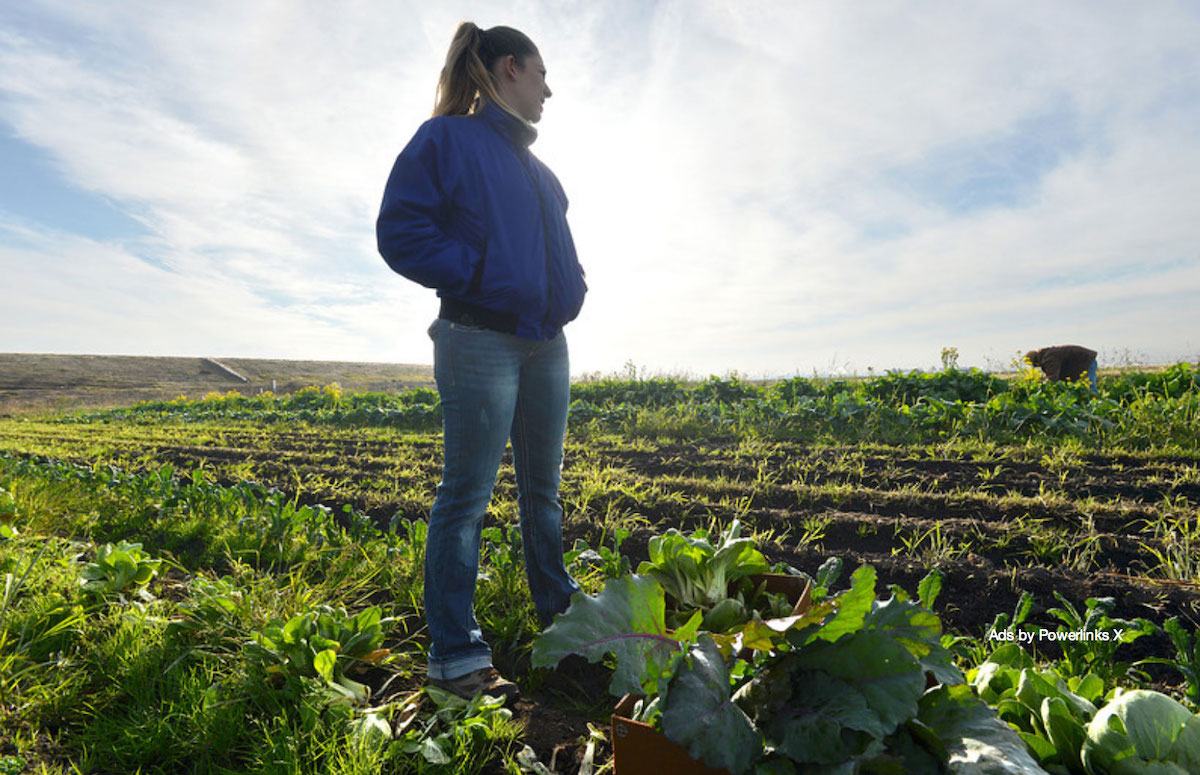

How We Farm
Carbon Sequestration
We’ve all been hearing a lot more in the media about carbon sequestration and the role it can play in slowing down climate change. In the simplest terms, carbon sequestration means removing carbon dioxide from our air and sequestering (storing) it in other places.
Plants absorb carbon dioxide through photosynthesis and store the carbon in their trunks, branches, leaves, and roots. Since farms and their associated forests and natural areas take up a lot of land, their potential to remove significant carbon dioxide from the atmosphere is huge and probably underestimated. Not disturbing the soil with unnecessary tilling also keeps carbon from being released, and farmers may be able to slow down or even reverse carbon loss from their fields.
At the Urban Edge Farm, we try to lessen our carbon emissions with these conservation practices:
- We’re careful to not disturb our fields when we don’t need to; this keeps carbon from being released from the soil into the air. Two side benefits: Our soils don’t erode and we save fossil fuels by not running the tractor!
- We frequently rotate our field usage and plant cover crops, which keeps carbon stored in the ground and in the plants.
